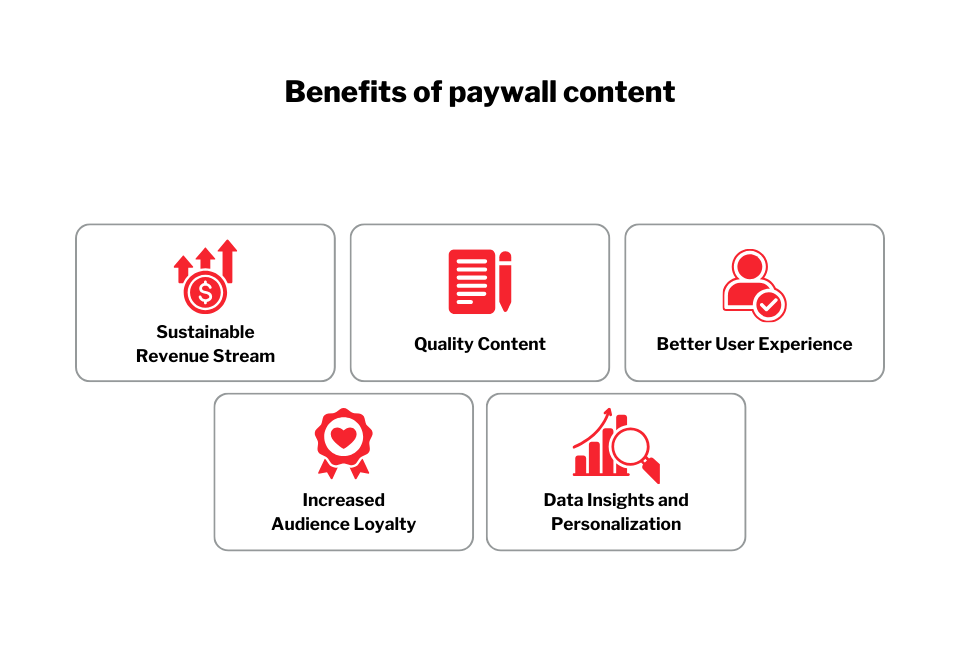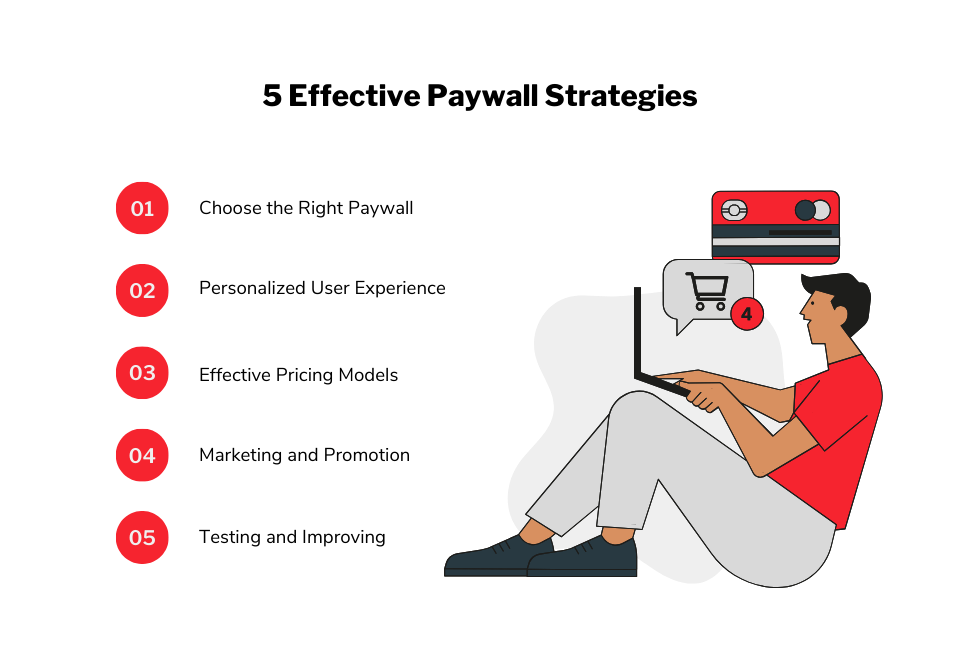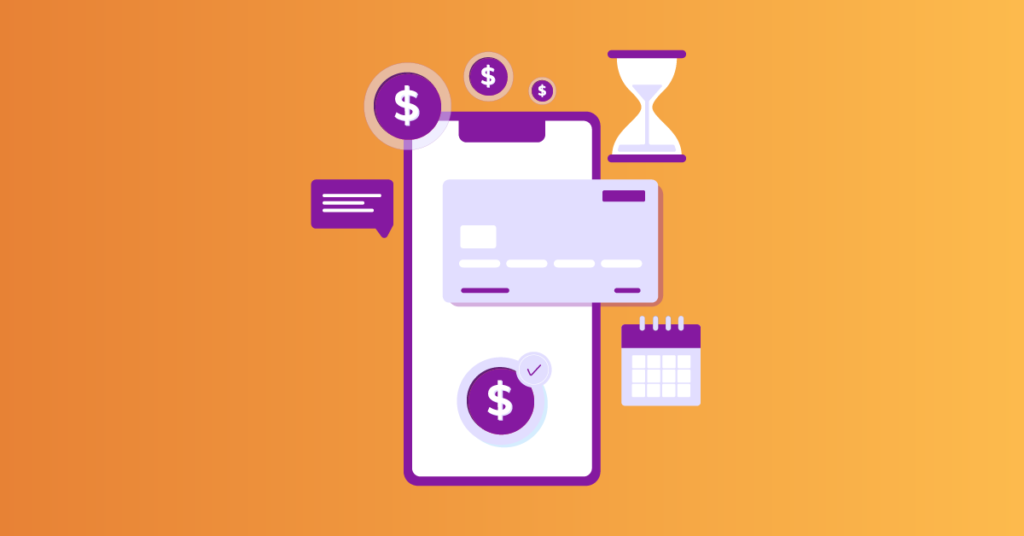In today’s digital age, paywalls have become a popular method for content creators and publishers to monetize their work. But exactly what are paywalls, and how do they impact the way we access information online? In this guide, we’ll explore everything you need to know about these, from their definition and types to their benefits and challenges.
Understanding Paywalls
Definition of Paywalls
What are paywalls? A paywall is a digital barrier that restricts access to content, such as articles, videos, or podcasts, unless the user subscribes or pays a fee. This model is commonly used by news websites, online magazines, and streaming services to generate revenue from their audience.
History and Evolution
The concept of paywalls has evolved over the years. Initially, most online content was free, supported by advertisements. However, as digital advertising revenue declined, publishers began to seek alternative ways to monetize their content. Paywalls emerged as a viable solution, providing a steady income stream and allowing content creators to invest in high-quality content.
Types of Paywalls

Hard Paywalls
Hard paywalls require users to subscribe before accessing any content. This model is often used by prestigious publications like The Wall Street Journal. While effective in generating revenue, it may limit audience growth due to restricted access.
Soft Paywalls
Soft paywalls allow users to access a limited number of articles for free before requiring a subscription. The New York Times is a notable example of this model. Soft paywalls strike a balance between generating revenue and attracting new readers.
Freemium Model
The freemium model offers free basic content, with premium content available for subscribers. This model is popular among software and service providers, offering users a taste of what they can gain by upgrading.
Benefits of Paywalls

Revenue Generation
Paywalls provide a direct income stream for content creators, reducing reliance on advertisements. This financial support enables publishers to produce quality content and maintain editorial independence.
Audience Engagement
Subscribers are more likely to engage with content and develop a sense of loyalty. Paywalls encourage the creation of niche content that appeals to dedicated audiences.
Data Collection
Paywalls allow publishers to collect valuable user data, such as preferences and behavior, which can be used to tailor content and marketing strategies.
Challenges of Implementing Paywalls
Audience Resistance
Some users may be unwilling to pay for content, especially if similar information is available for free elsewhere. This can limit the reach of paywalled content.
Balancing Accessibility and Revenue
Finding the right balance between providing free content and monetizing through paywalls is crucial. Publishers must carefully consider their target audience and content strategy.
Case Studies and Real-World Examples
The New York Times
The New York Times has successfully implemented a soft paywall, attracting millions of subscribers worldwide. Their strategy includes offering a limited number of free articles, engaging content, and exclusive features for subscribers.
Medium
Medium uses a freemium model, offering both free and premium content. Their approach includes a partner program that pays writers based on the engagement their stories receive.
How to Implement Paywalls Effectively

Identify Your Audience
Understanding your audience is key to choosing the right paywall model. Consider factors such as demographics, preferences, and willingness to pay.
Create Valuable Content
Focus on creating high-quality, unique content that meets the needs of your audience. This will encourage users to subscribe and remain loyal. Understanding the SEO Impact of 301 and 302 Redirects can be essential when you consider migrating content to a paywall model, ensuring smooth transitions without losing SEO value.
Test and Optimize
Experiment with different paywall models and pricing strategies. Analyze user data to optimize your approach and maximize revenue.
Conclusion
Paywalls are an essential tool for content monetization in the digital age. By understanding what are paywalls, and their types, benefits, publishers can effectively balance revenue generation with audience engagement. Whether you’re a large publication or a niche content creator, paywalls offer a sustainable way to support quality content and build a loyal audience.








